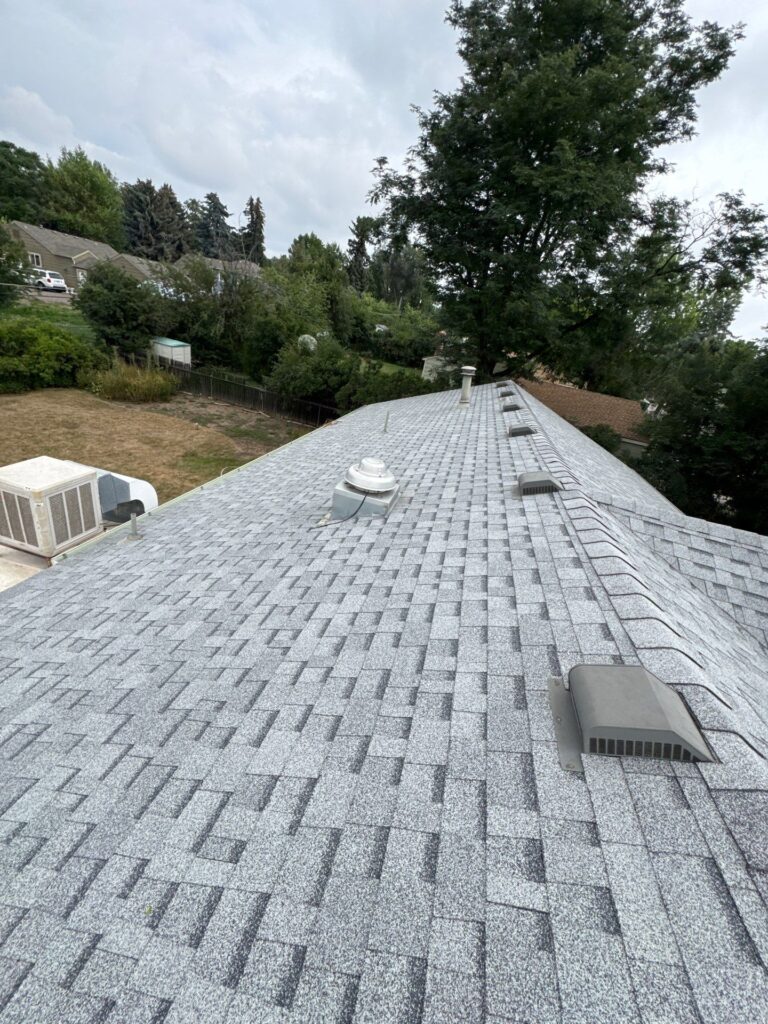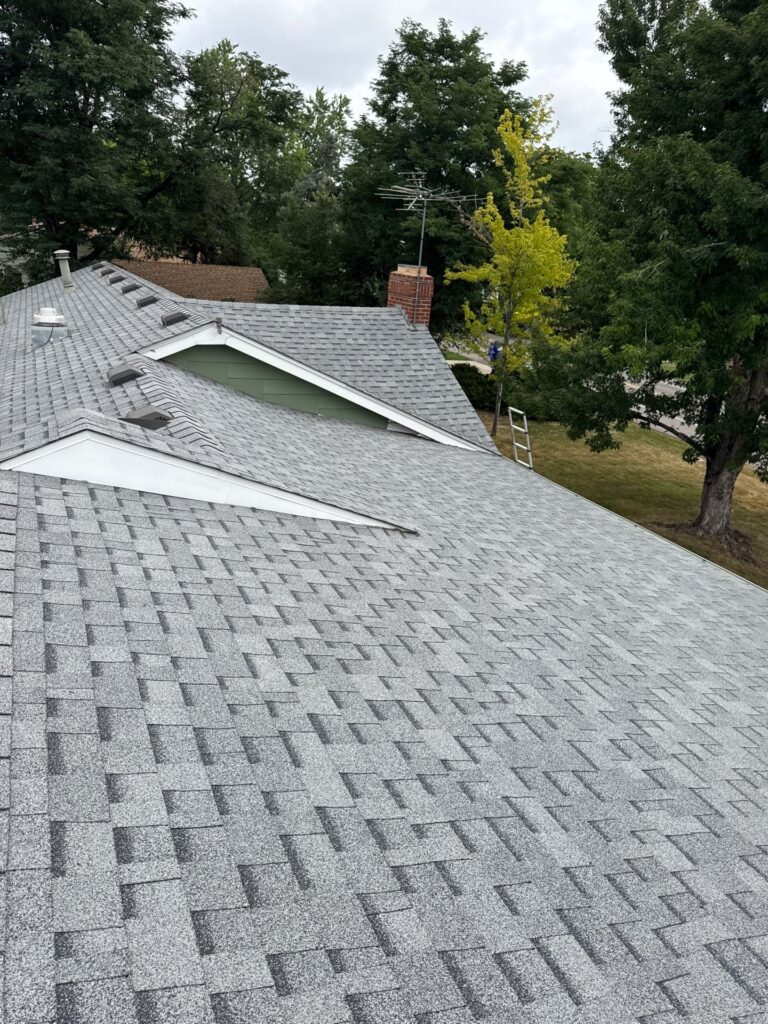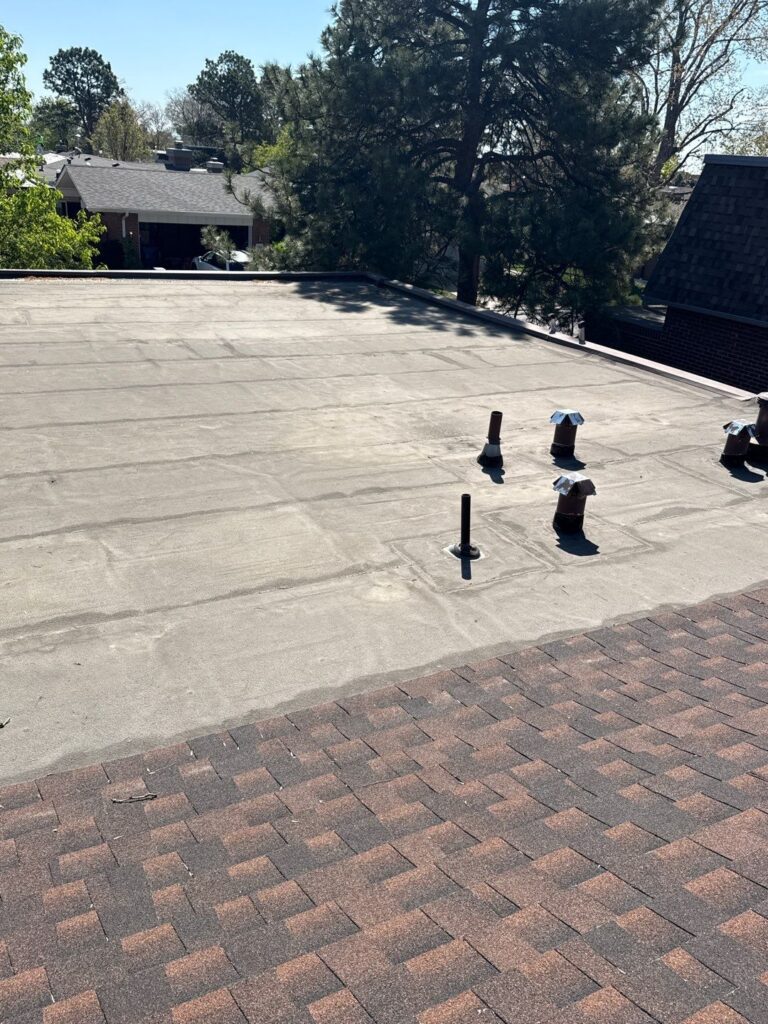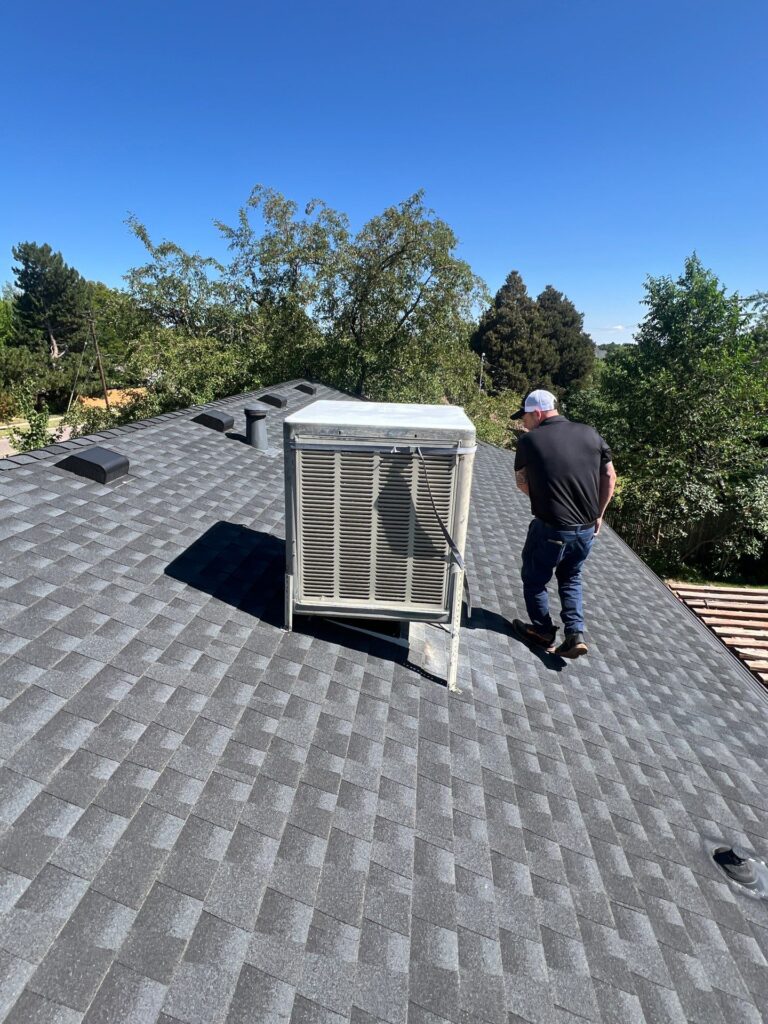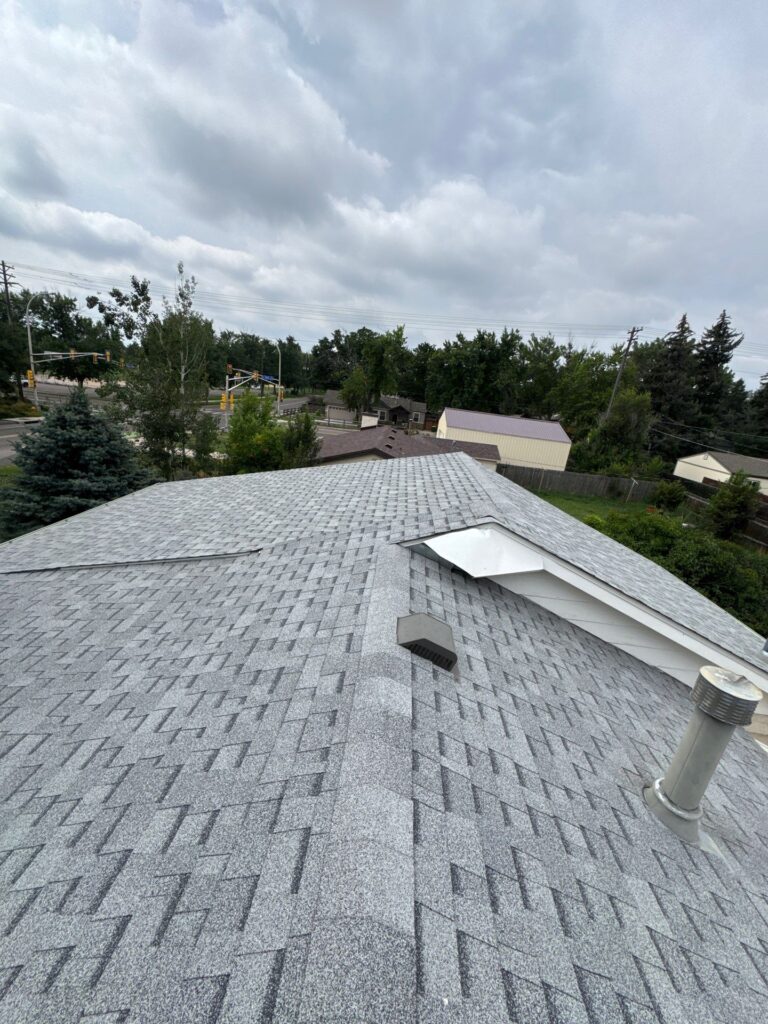Expert Roof Repair in Denver, CO
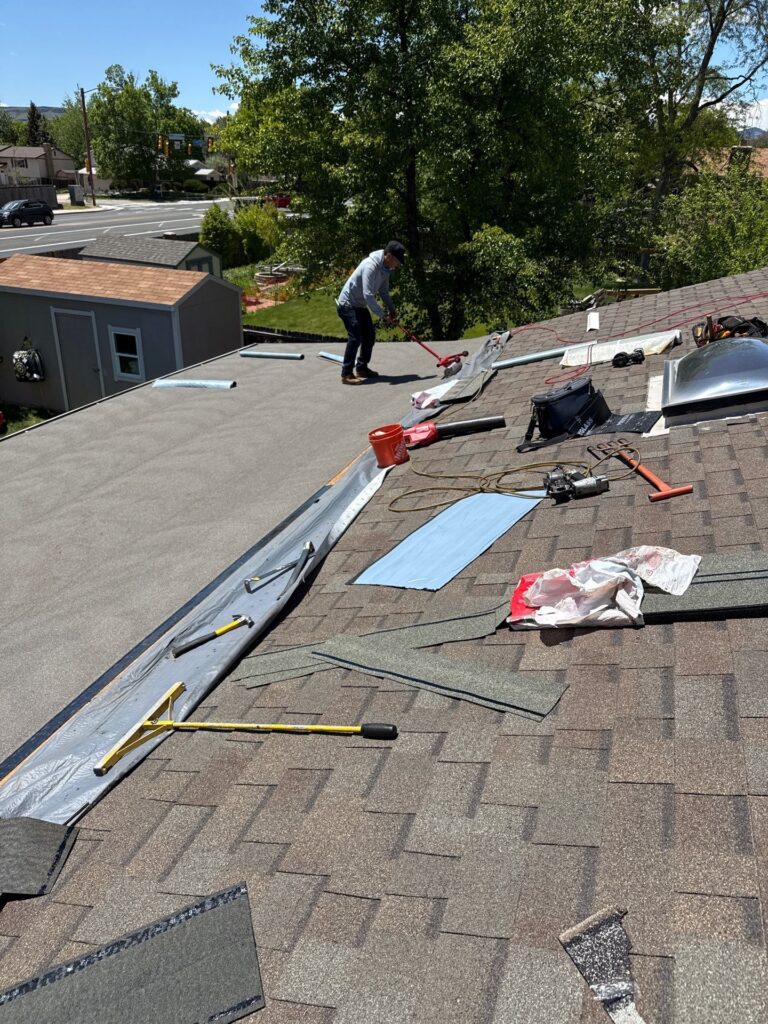
Unrepaired roof issues can worsen rapidly, leading to more extensive and costly damage. In Denver’s demanding climate, rapid temperature swings, heavy snow, hail, and strong winds put roofing systems under constant stress. We deliver specialized roof repair solutions designed to restore strength, efficiency, and longevity—whether for your home or commercial property.
Evaluating Your Roof’s Condition Before Repair
A careful assessment is essential to determine whether repair or replacement is the smarter investment. Key considerations include:
- Current Roof Age – Materials nearing the end of their lifespan may need more than patchwork.
- Roofing Type – Asphalt shingles, clay tiles, metal panels, or flat membranes each respond differently to repairs.
- Damage Source – Identifying whether damage comes from severe weather, structural movement, or wear helps prevent recurrence.
- Secondary Impact – Water intrusion, insulation deterioration, and energy inefficiency often accompany visible issues.
- Property Plans – If selling in the near future, a structurally sound and visually appealing roof boosts market value.
Our Denver roofers perform in-depth inspections to uncover hidden weaknesses and ensure the chosen repair approach is both cost-effective and durable.
Residential Roof Repair Expertise
For homeowners, a sturdy roof is the first defense against Denver’s unpredictable weather. Our residential repair services include:
- Replacing damaged or missing shingles for a uniform finish.
- Restoring metal roofs with corrosion protection and seam sealing.
- Repairing cracked or displaced tiles to prevent moisture penetration.
- Reinforcing vulnerable areas such as flashing, valleys, and ridges.
We use industry-approved techniques and premium-grade materials to extend the life of your roof and safeguard your home year-round.
Commercial Roof Repair Solutions
Commercial buildings require reliable roofing that protects operations while minimizing downtime. Our services cover:
- Flat Roof Systems – Repairs for TPO, EPDM, and modified bitumen membranes.
- Metal Roofing – Addressing leaks, fastener issues, and thermal movement damage.
- Asphalt Roofing – Applying targeted patches and sealants to stop leaks without full replacement.
Our team works efficiently to complete repairs with minimal disruption, keeping your business fully functional.
Choosing a Dependable Denver Roofing Company
A trustworthy roofing company Denver residents can count on should have a proven track record, proper licensing, and consistent positive feedback. This ensures:
- Skilled craftsmanship backed by real-world experience.
- Access to quality materials and manufacturer warranties.
- Expertise in addressing Denver’s unique weather-related challenges.
For example, Tried and True Roofing in Denver, Colorado, exemplifies how a contractor can combine skilled installation with attentive customer care.
Schedule a Detailed Roof Assessment
The first step to a successful repair is a thorough, hands-on evaluation. Our inspections identify structural concerns, pinpoint leak origins, and outline repair strategies tailored to your roof’s specific needs. Acting early prevents minor issues from evolving into major expenses.
Conclusion
From replacing storm-damaged shingles to repairing expansive flat roof systems, our specialists provide high-caliber roof repair Denver CO solutions built to last. By combining precision workmanship, durable materials, and an understanding of local conditions, we ensure your roof delivers optimal performance for years to come. Protect your property with a professional inspection and timely repairs today.
Expert Roof Repair in Denver, CO Read More »
